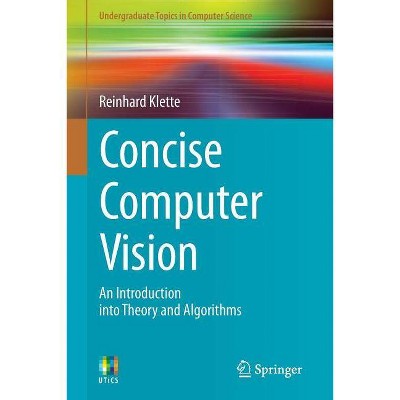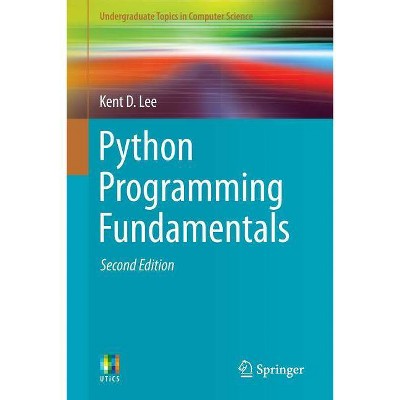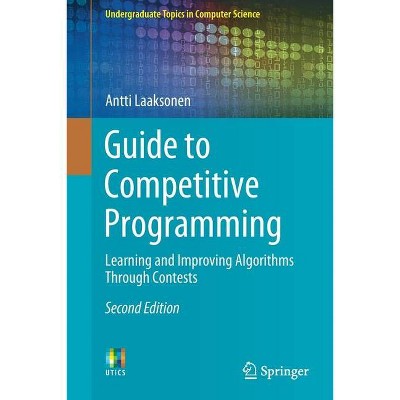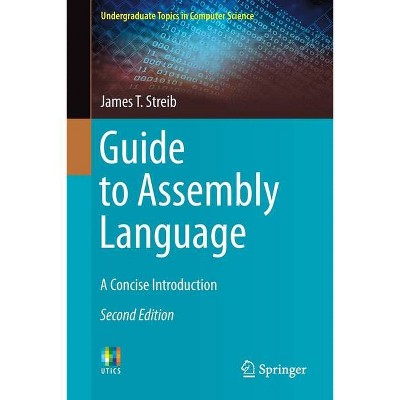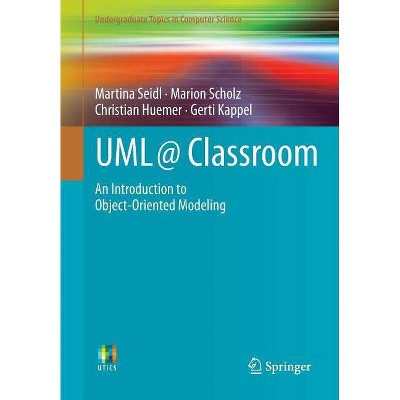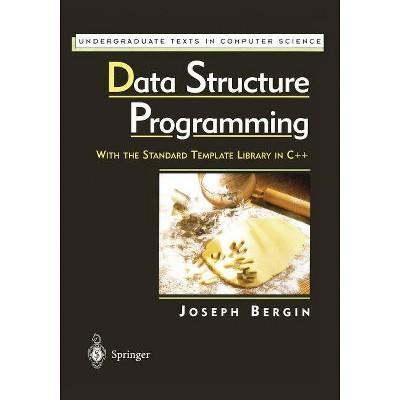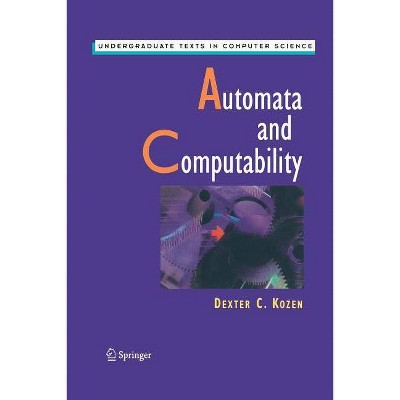Pervasive Computing - (Undergraduate Topics in Computer Science) by Natalia Silvis-Cividjian (Paperback)

Similar Products
Products of same category from the store
AllProduct info
<p/><br></br><p><b> Book Synopsis </b></p></br></br>This book provides a concise introduction to Pervasive Computing, otherwise known as Internet of Things (IoT) and Ubiquitous Computing (Ubicomp) which addresses the seamless integration of computing systems within everyday objects. By introducing the core topics and exploring assistive pervasive systems which infer their context through pattern recognition, the author provides readers with a gentle yet robust foundation of knowledge to this growing field of research. <p>The author explores a range of topics including data acquisition, signal processing, control theory, machine learning and system engineering explaining, with the use of simple mathematical concepts, the core principles underlying pervasive computing systems. Real-life examples are applied throughout, including self-driving cars, automatic insulin pumps, smart homes, and social robotic companions, with each chapter accompanied by a set of exercises for the reader. Practical tutorials are also available to guide enthusiastic readers through the process of building a smart system using cameras, microphones and robotic kits. Due to the power of MATLAB(TM), this can be achieved with no previous programming or robotics experience. </p> <p>Although <i>Pervasive Computing</i> is primarily for undergraduate students, the book is accessible to a wider audience of researchers and designers who are interested in exploring pervasive computing further.</p><p/><br></br><p><b> From the Back Cover </b></p></br></br><p>This book provides a concise introduction to Pervasive Computing, otherwise known as Internet of Things (IoT) and Ubiquitous Computing (Ubicomp) which addresses the seamless integration of computing systems within everyday objects. By introducing the core topics and exploring assistive pervasive systems which infer their context through pattern recognition, the author provides readers with a gentle yet robust foundation of knowledge to this growing field of research. </p> <p>The author explores a range of topics including data acquisition, signal processing, control theory, machine learning and system engineering explaining, with the use of simple mathematical concepts, the core principles underlying pervasive computing systems. Real-life examples are applied throughout, including self-driving cars, automatic insulin pumps, smart homes, and social robotic companions with each chapter accompanied by a set of exercises for the reader. Practical tutorials are also available to guide enthusiastic readers through the process of building a smart system using cameras, microphones and robotic kits. Due to the power of MATLAB(TM), this can be achieved with no previous programming or robotics experience. </p> <p>Although <i>Pervasive Computing</i> is primarily for undergraduate students, the book is accessible to a wider audience of researchers and designers who are interested in exploring pervasive computing further.</p><p/><br></br><p><b> About the Author </b></p></br></br><b>Natalia Silvis-Cividjian</b> is a lecturer in the department of Computer Science at the Vrije Universiteit in Amsterdam, The Netherlands. She holds a degree in computer engineering and a PhD in applied physics. Her PhD research focused on the spatial resolution limits in nanotechnology. She has over 20 years' experience teaching computer science and engineering, including courses on measurement techniques, principles of programming languages, and currently pervasive computing and software testing.
Price History
Price Archive shows prices from various stores, lets you see history and find the cheapest. There is no actual sale on the website. For all support, inquiry and suggestion messagescommunication@pricearchive.us
